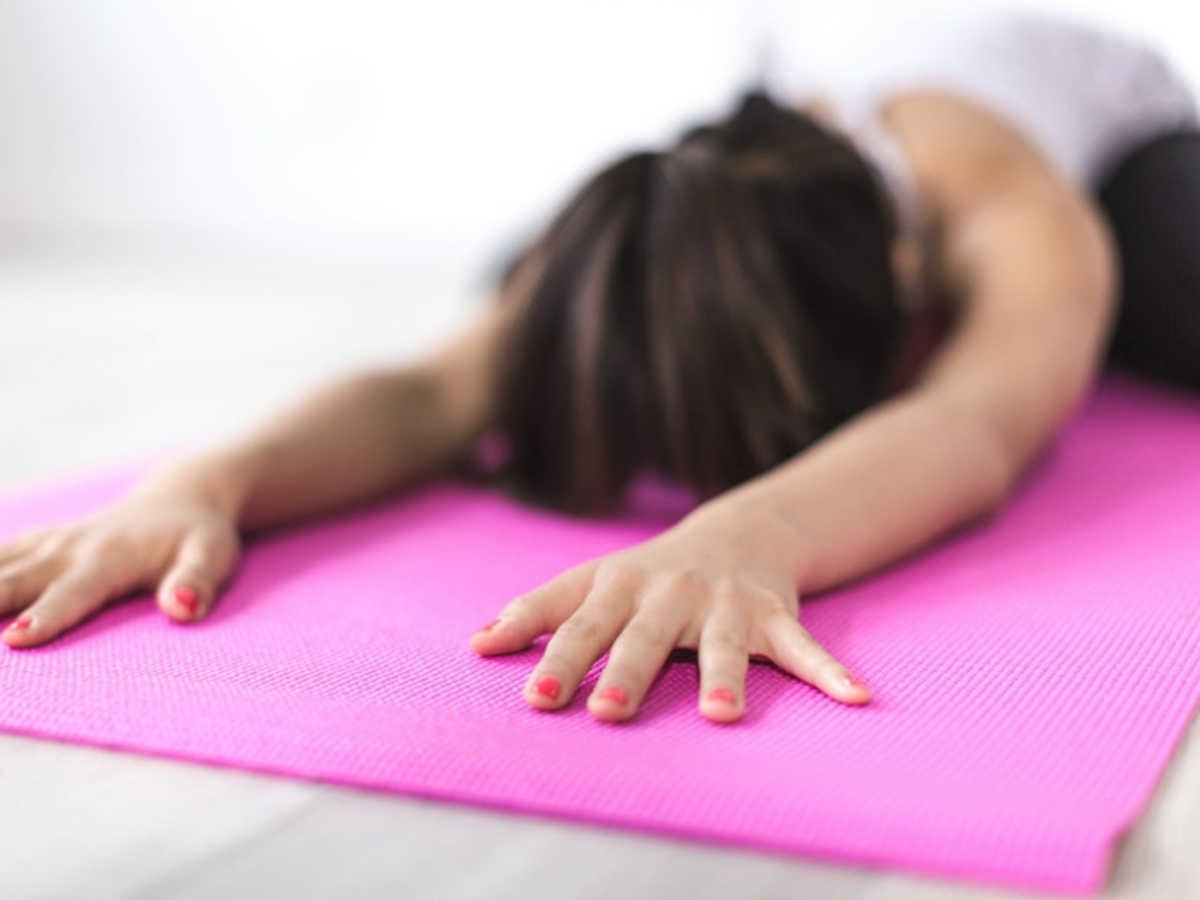Proning is a process of turning the patient from their back to their abdomen slowly to boost oxygen level. The expert says it is useful for COVID 19 patients with or without a ventilator as the position allows better expansion of dorsal lungs, improves body movement. Patients with mild respiratory pain have shown improved oxygenation from proning. Proning as an exercise is being advised to COVID patients in the hospital.
For this process, the patient is made to lie on the belly using pillows. A person may also lie in right (right lateral) or left (left lateral) side. A person may remain in this and improves oxygen supply. If the oxygen saturation dips below 94, keeping the patient in proning position timely can save a life.
We need 4-5 pillows for this. One pillow below the neck, 1-2 pillow below the chest and 2 pillows below shins are to be placed. The patient should stay in this position for at least 30 mins for the best results. The Ministry of Health says that one can remain in this position for up to 16 hrs in multiple cycles if a patient is comfortable. And then place in the supine position for 6-8 hrs. While the patient is in these positions, specific labs and radiology readings can be taken. These readings will decide if the patient will continue with proning or not.
Proning should not be performed on pregnant ladies or by patients who have deep venous thrombosis. Patients with major heart conditions, femur or pelvic fractures should not be allowed to do this.
One should not do proning after having food. A patient can stay in this position till the time they can tolerate being like this. Room should be well ventilated. Pillows can be adjusted to alter pressure areas and comfort. If a patient is not comfortable, he/she should not do it.
Risk associated with proning includes – airway obstruction, dislodgement of an endotracheal tube, pressure related skin injuries, facial and airway edema, hypotension (low BP), arrhythmias (irregular heart rate). The synchronized movements are slowly done to monitor patients for associated risks. Other than proning yoga, pranayama, deep breathing, regular exercise, eating iron rich food, hydration also helps in improving the oxygen of patients.

 “This process is helpful in intensive care with acute respiratory distress syndrome for COVID patientsâ€
“This process is helpful in intensive care with acute respiratory distress syndrome for COVID patientsâ€










.jpeg)

.jpeg)










.jpg)




.jpg)

